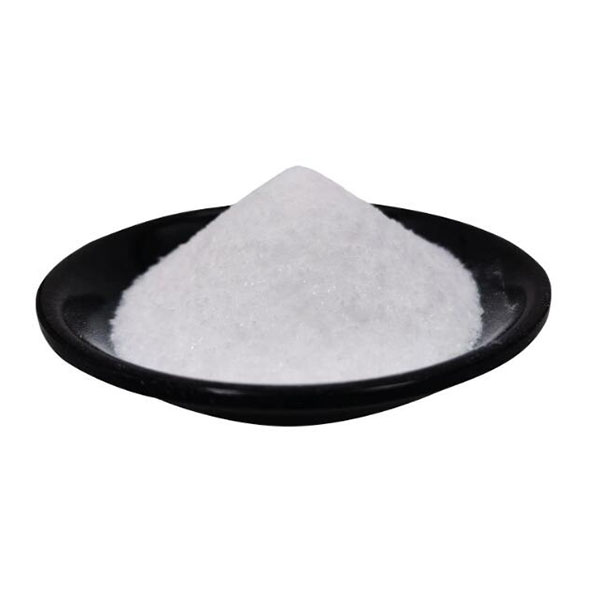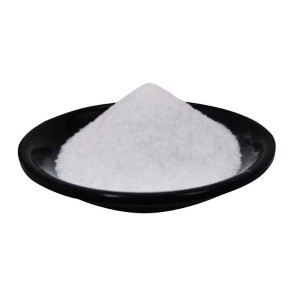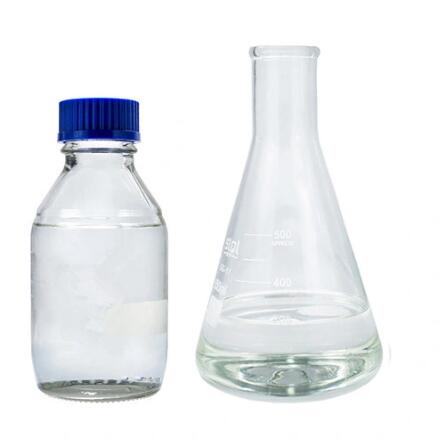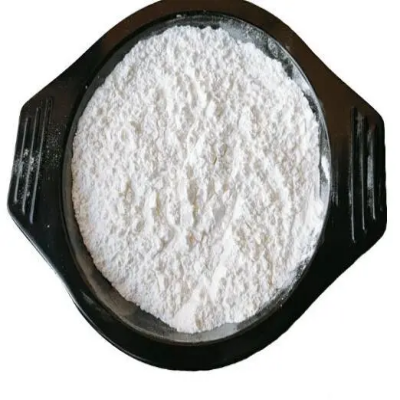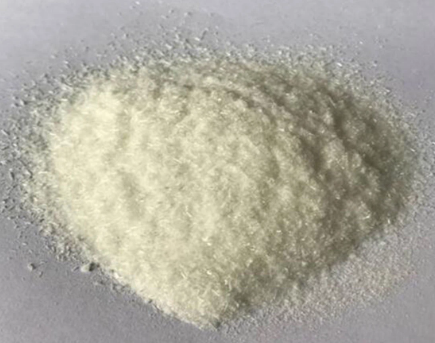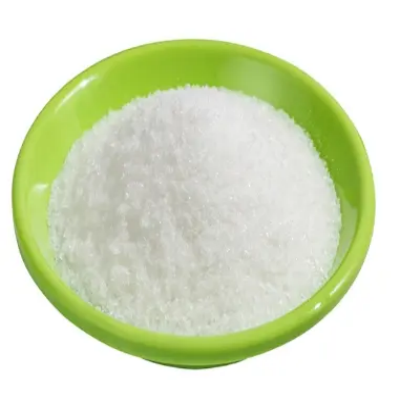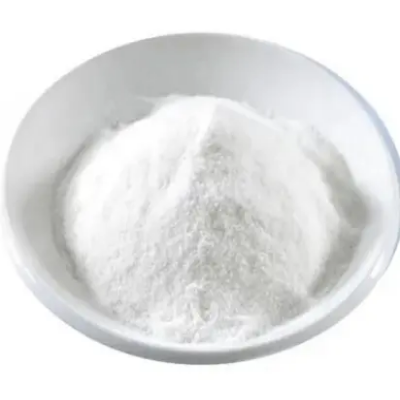5-Bromo-4-chloro-3-indolyl-beta-D-glucuronide sodium salt CAS:129541-41-9
GUS detection: X-Gluc is cleaved by GUS enzyme into a blue insoluble compound known as 5-bromo-4-chloro-3-indole (X-Ind). This reaction allows for the visualization and quantification of GUS activity in cells and tissues.
Gene expression studies: X-Gluc is used as a reporter molecule in gene expression studies. By fusing the GUS gene to a promoter of interest, researchers can determine the activity and spatial-temporal expression pattern of the promoter through the detection of GUS activity using X-Gluc.
Transgenic plant analysis: The GUS reporter gene system is widely used in plant molecular biology. X-Gluc staining allows researchers to detect and study transgene expression patterns in plants. This helps in understanding gene regulation, tissue-specific expression, and developmental biology in plants.
Genetic engineering: X-Gluc is used as a selectable marker in genetic engineering experiments. By linking the GUS gene to a foreign gene of interest, X-Gluc staining can be used to identify successful transformation and integration of the desired genes into the organism.
Microbiology research: X-Gluc can be used to detect and identify GUS-producing bacteria. The enzyme GUS is found in many different bacterial species, and the staining with X-Gluc allows for the visualization and identification of GUS-positive bacteria in microbiological studies.
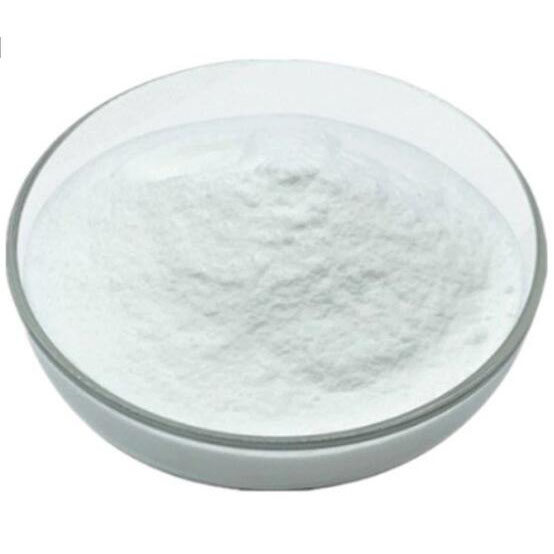
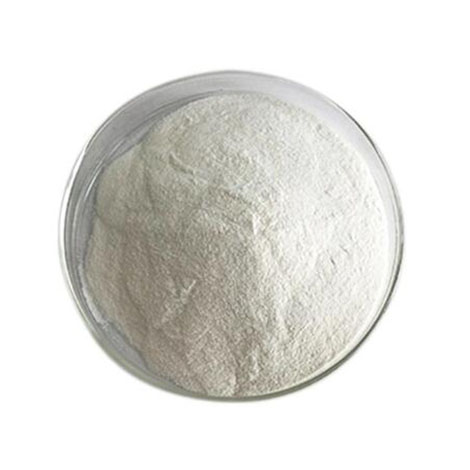
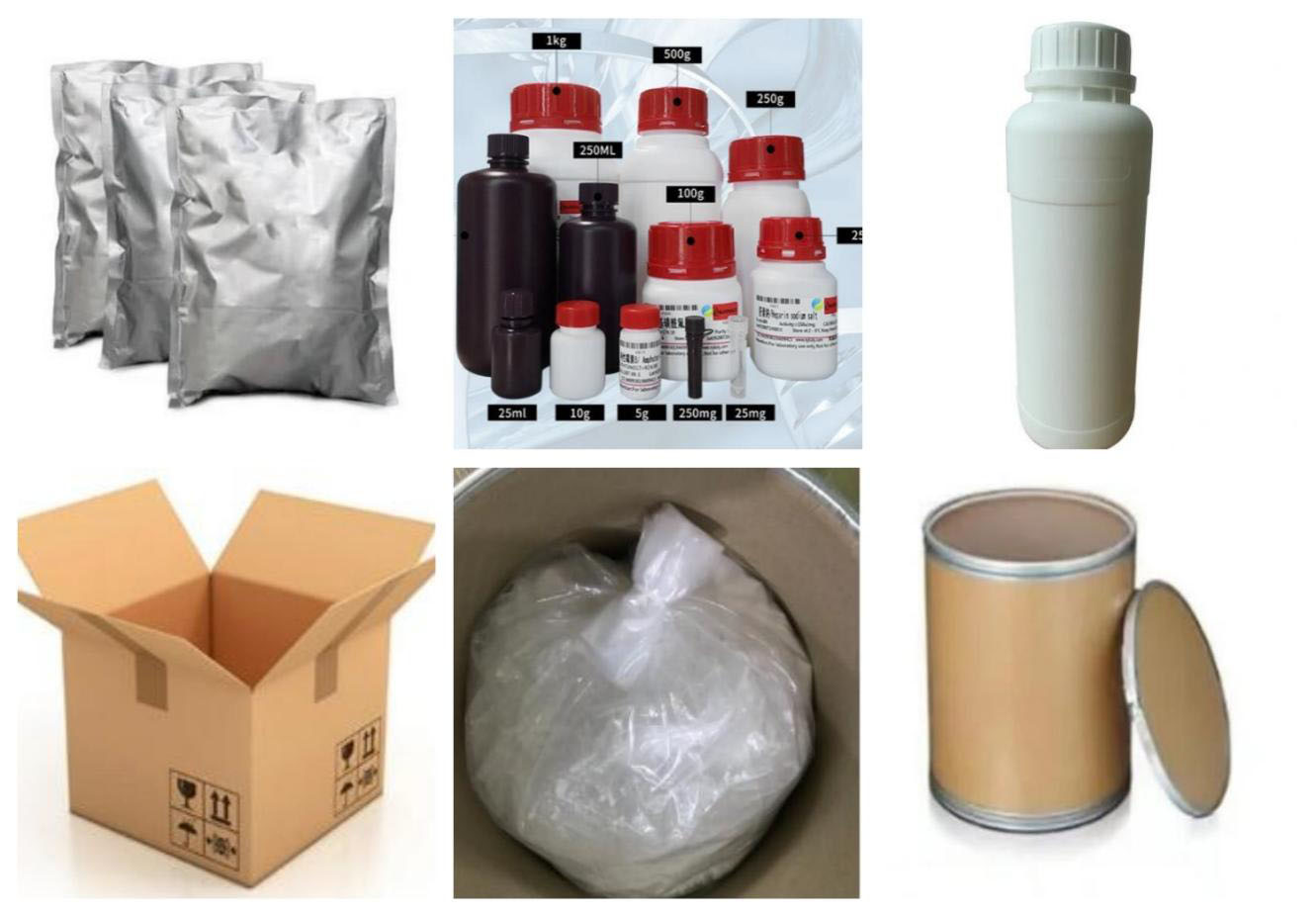
| Composition | C14H14BrClNNaO7 |
| Assay | 99% |
| Appearance | White powder |
| CAS No. | 129541-41-9 |
| Packing | Small and bulk |
| Shelf Life | 2 years |
| Storage | Store in cool and dry area |
| Certification | ISO. |


